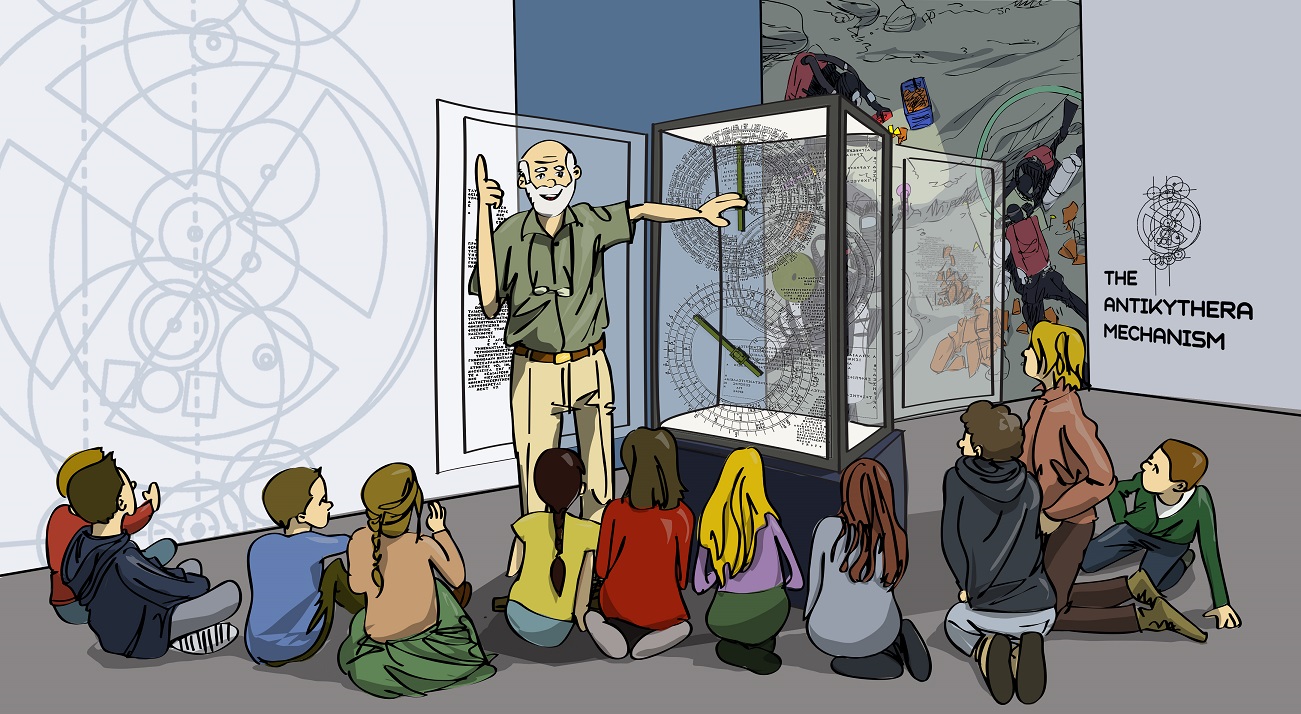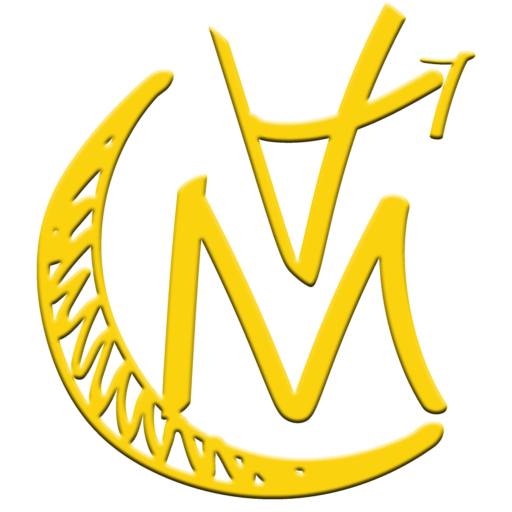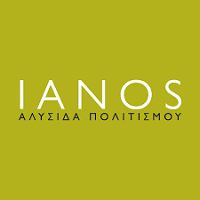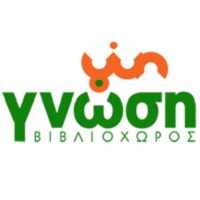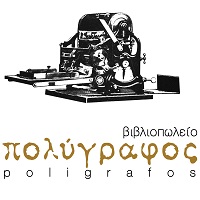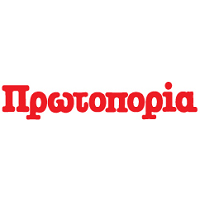When all is said and done, what exactly is the Antikythera Mechanism?
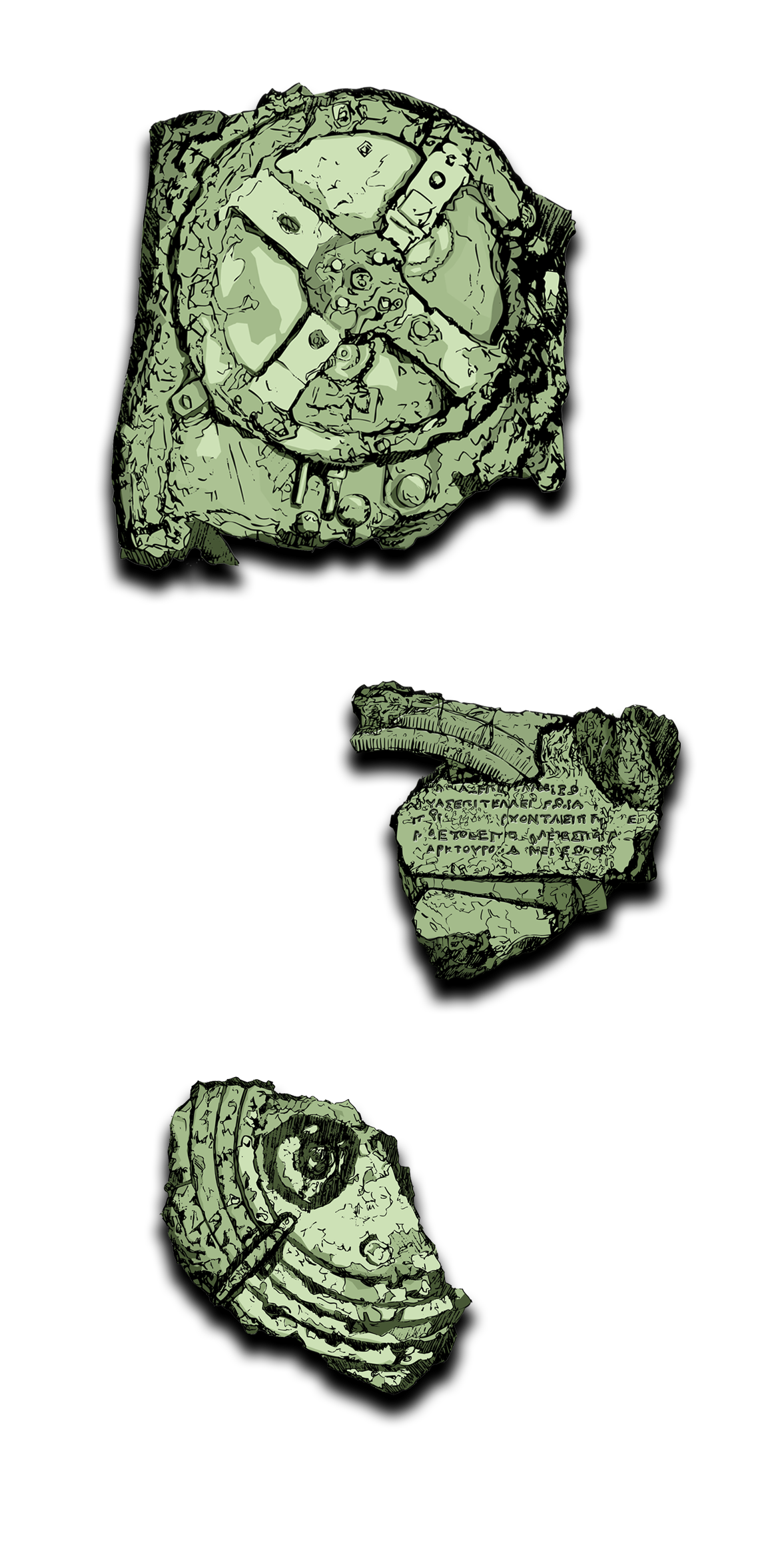 The Antikythera Mechanism is many things to many people. For some, it’s a symbol of technological innovation, the very bedrock upon which our modern world is based. For others, it is a set of mechanical gears. There are those who venerate its historical significance, while others think it is just an interesting trinket from the past. Some even regard it a by-product of alien-human technological cooperation or, at very least, an object suitable for imaginative sci-fi narratives. Irrespective of the view, no one can doubt its fame or the fact that it has captured public attention. Many people, however, only have a vague understanding of what it is and what it could do. Certainly, the most common question I’m asked is: “When all is said and done, what exactly is the Antikythera Mechanism?” This is invariably followed by more specific questions about the way it worked, where and by whom it was designed and built, where it was found, and so forth.
The Antikythera Mechanism is many things to many people. For some, it’s a symbol of technological innovation, the very bedrock upon which our modern world is based. For others, it is a set of mechanical gears. There are those who venerate its historical significance, while others think it is just an interesting trinket from the past. Some even regard it a by-product of alien-human technological cooperation or, at very least, an object suitable for imaginative sci-fi narratives. Irrespective of the view, no one can doubt its fame or the fact that it has captured public attention. Many people, however, only have a vague understanding of what it is and what it could do. Certainly, the most common question I’m asked is: “When all is said and done, what exactly is the Antikythera Mechanism?” This is invariably followed by more specific questions about the way it worked, where and by whom it was designed and built, where it was found, and so forth.

So, what have we learned after more than a century since it was discovered in the deep waters off a small remote island in southwest Greece? The main purpose of this book is to answer this question in a way that is accessible as possible to readers, be they teenage students or lofty rocket scientists. To do this, I share scientific facts about the Antikythera Mechanism using an alternative medium, the graphic narrative of comics. Drawings and sketches serve to create an engaging setting inspired by the places and actors involved in the story of discovery, while explaining the Mechanism’s complex features and the functions it performed. The combination of words and illustrations aims at providing an attractive, yet scientifically accurate, narrative about the magnificent story of this unique archaeological artefact and its context. 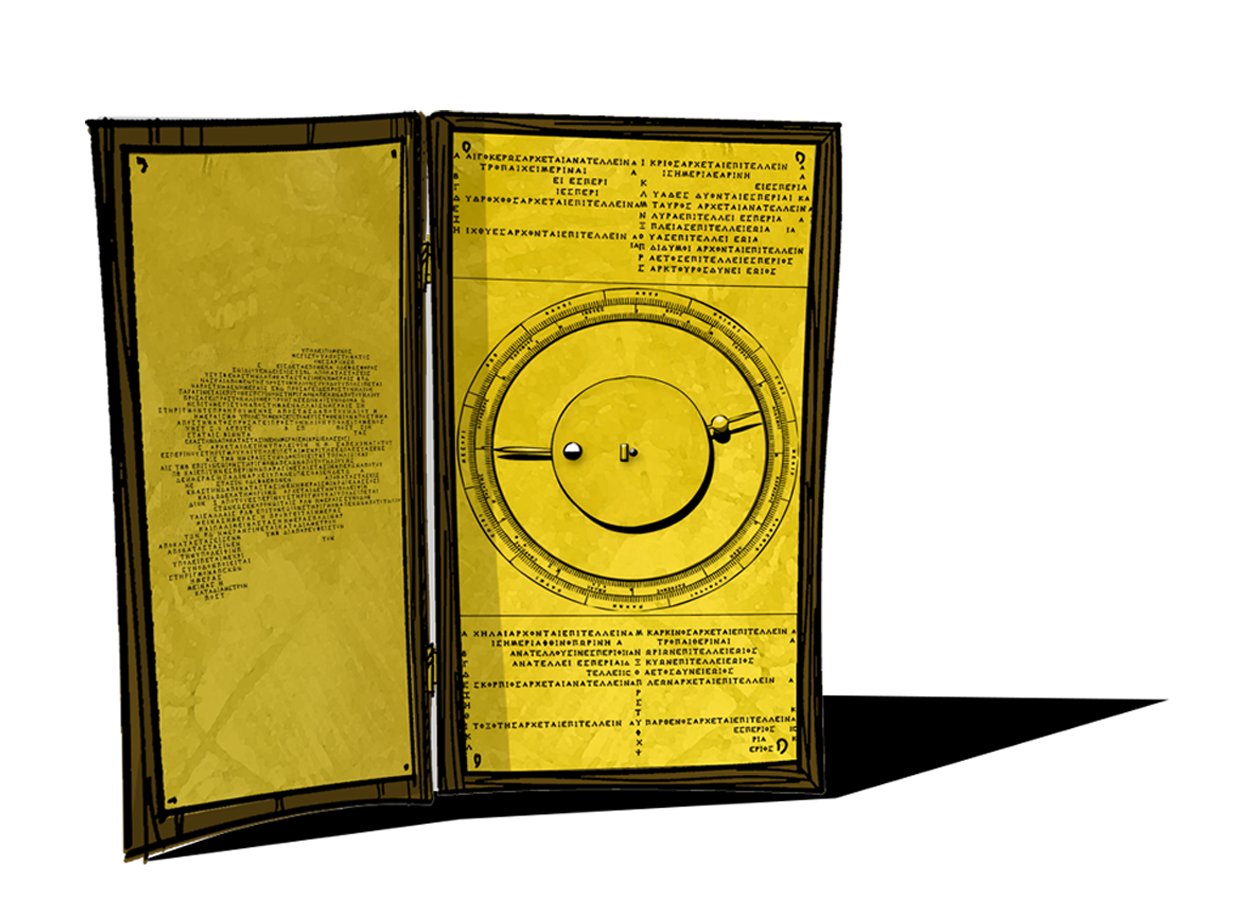

Flip through...
Use your mouse to turn the page and flip through a sample of the book’s 90 pages!Please wait while flipbook is loading. For more related info, FAQs and issues please refer to DearFlip WordPress Flipbook Plugin Help documentation.
About the author/illustrator
Alexandros (Alex) Tourtas was born in Thessaloniki in 1981. He studied archaeology at the Aristotle University of Thessaloniki (AUTH). He received postgraduate studies specializing in cultural heritage management (MSc, AUTH)and maritime archaeology (MA, University of Southampton). He was awarded a PhD by AUTH’s School of Architecture, delivering a thesis about the management of underwater cultural heritage. From 2012 to 2017, he was part of the core scientific diving team excavating the Antikythera Shipwreck. Since 2014, he has been a member of the Antikythera Mechanism Research Team at AUTH. He is a postdoctoral researcher on the use of comic art in the communication of scientific information with the public and a member of the exhibition design laboratory ‘Museolab’ at the department of Cultural Informatics and Communication at the University of the Aegean.
About the research team
The Antikythera Mechanism Research Team at the Aristotle University of Thessaloniki was set up in 2007 by professors Kyriakos Efstathiou from the Department of Mechanical Engineering and John Hugh Seiradakis from the School of Physics, with the help of the professor of archaeology Stella Drougou and archaeologist/physicist Dr. Lina Anastasiou. Later on, the team were joined by mechanical engineers Dr. Marianna Efstathiou and PhD candidate Alexander Basiakoulis, along with archaeologist Dr. Alexandros Tourtas. Moreover, the team works closely with Manos Roumeliotis, professor of informatics, and PhD candidate Lefteris Anastasovitis from the University of Macedonia, Greece. In 2022, the members of the team proposed the creation of a wider university entity, the Interdisciplinary Center for Research and Promotion of the Antikythera Mechanism. The team has published their research results in various scientific journals and books and presented them at several conferences. They also construct functional physical models of the Mechanism for exhibitions around the world.

